 | William Shepherd, Jeremiah Joyce, Lant Carpenter - Education - 1815 - 598 pages
...hundred different elementary works, the student goes on to the consideration of the mechanical powers, viz. the lever, the wheel and axle, the pulley, the inclined plane, the wedge, and the screw; since to these simple machines, all others, however complicated, may be reduced : we shall here describe... | |
 | James Wood - Mechanics - 1818 - 226 pages
...and by the combination of which, all machines, however complicated, are constructed. These powers are six in number, viz. the lever ; the wheel and axle...; the inclined plane ; the wedge ; and the screw. Before we enter upon a particular description of these instruments, and the calculation of their effects,... | |
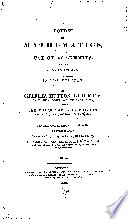 | Charles Hutton - Mathematics - 1822 - 680 pages
...resistances, than could be effected by the natural strength without them. These are usually accounted six in number, viz. the Lever, the Wheel and Axle,...Pulley, the Inclined Plane, the Wedge, and the Screw. THE LEVER. 16S 158 Mechanics, is the science of forces, and the effects they produce, when applied... | |
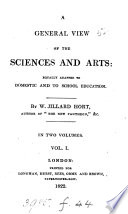 | William Jillard Hort - 1822 - 308 pages
...POWERS.' The simple machines, or mechanical powers, arc usually accounted to be the six following : — the lever, the wheel and axle, the pulley, the inclined plane, the wedge, and the screw. A lever is an inflexible bar, or rod, moving freely round a point, called its fulcrum, or centre of... | |
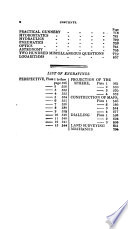 | Peter Nicholson - Mathematics - 1825 - 1046 pages
...and by the combination of which, all machines, however complicated, are constructed. These powers are six in number, viz. the lever, the wheel and axle,...pulley, the inclined plane, the wedge, and the screw. Before we enter upon a particular description of these instruments and the calculation of their effects,... | |
 | Jeremiah Joyce - Science - 1825 - 310 pages
...were in vain to expect you to comprehend the principles of mechanics. There are six mechanical powers. The lever; the wheel and axle ; the pulley ; the inclined plane; the wedge; and the screw. Emma. Why are they called mechanical powers ? Father. Because, by their means we are enabled mechanically... | |
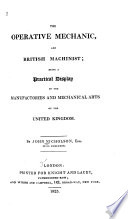 | John Nicholson - Machinery - 1825 - 822 pages
...its origin solely to this cause. OF THE MECHANICAL POWERS. THE mechanical powers are six in number, the LEVER, the WHEEL and AXLE, the PULLEY, the INCLINED PLANE, the WEDGE, and the SCREW. A perfect knowledge and thorough appreciation of which should be clearly understood by those who purpose... | |
 | Thomas Dick - Philosophy and religion - 1826 - 414 pages
...machines, the principles on which their energy depends ; the properties of the mechanical powers — the lever, the wheel and axle, the pulley, the inclined plane, the wedge and the screw — and the effects resulting from their various combinations. From the investigations of philosophers... | |
 | Olinthus Gregory - Mechanical engineering - 1826 - 604 pages
...combined powers are estimated they must be divided in the investigation ; these are in number six, viz. the lever, the wheel and axle, the pulley, the inclined plane, the screw, and the wedge. These are most commonly known by the name of the mechanical powers. In all these... | |
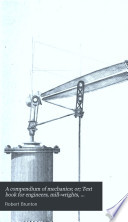 | Robert Brunton - Mechanical engineering - 1828 - 222 pages
...simple of mechanical applications to increase force, and overcome resistance. They are usually accounted six in number, viz. The LEVER, — The WHEEL and AXLE, — The PULLEY, The INCLINED PLANE, The MECHANICAL POWERS. LEVER. ii To make the principle easily understood, we must suppose the Lever an... | |
| |